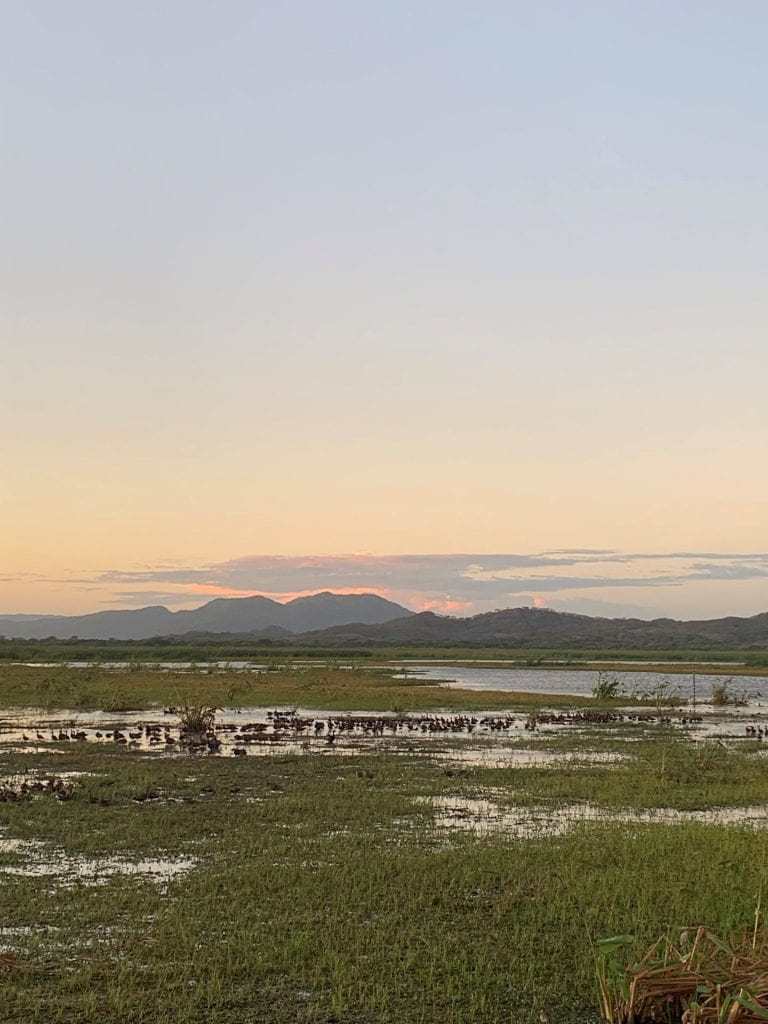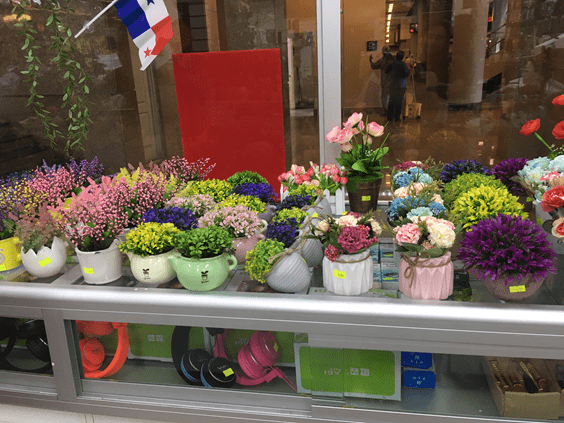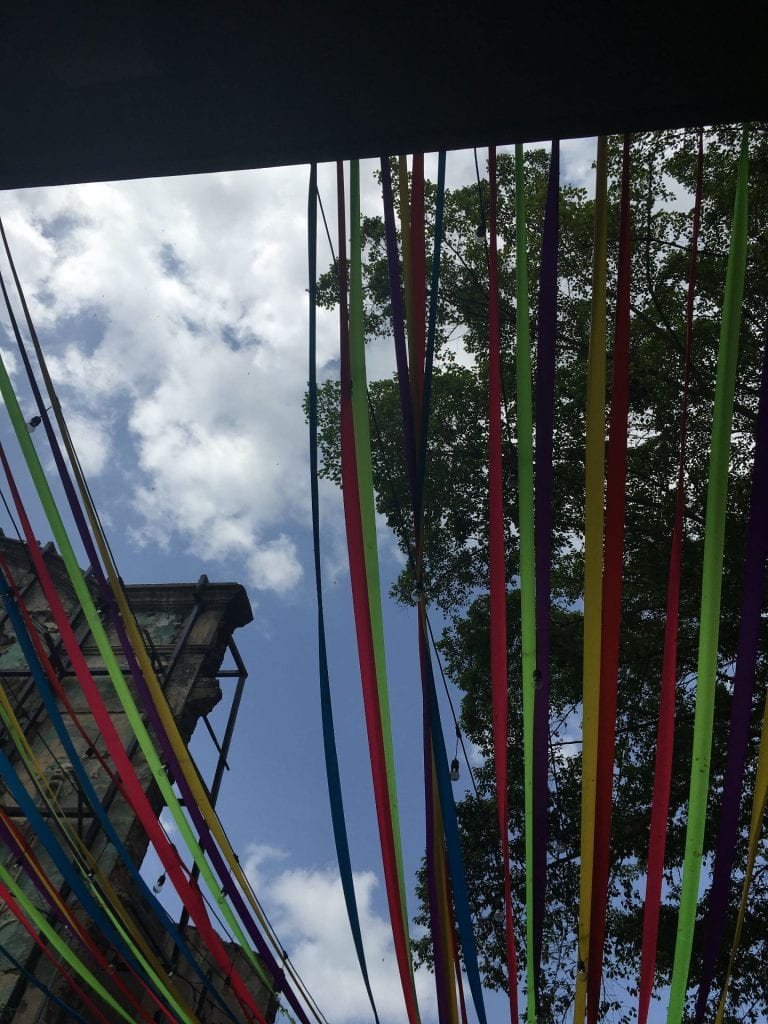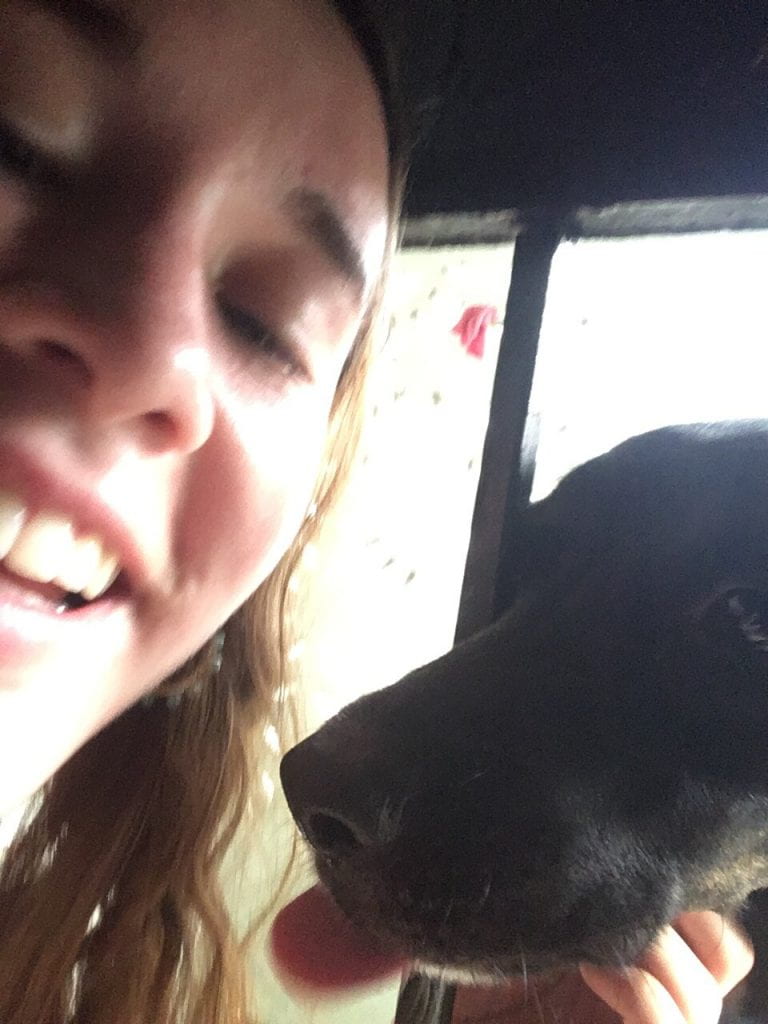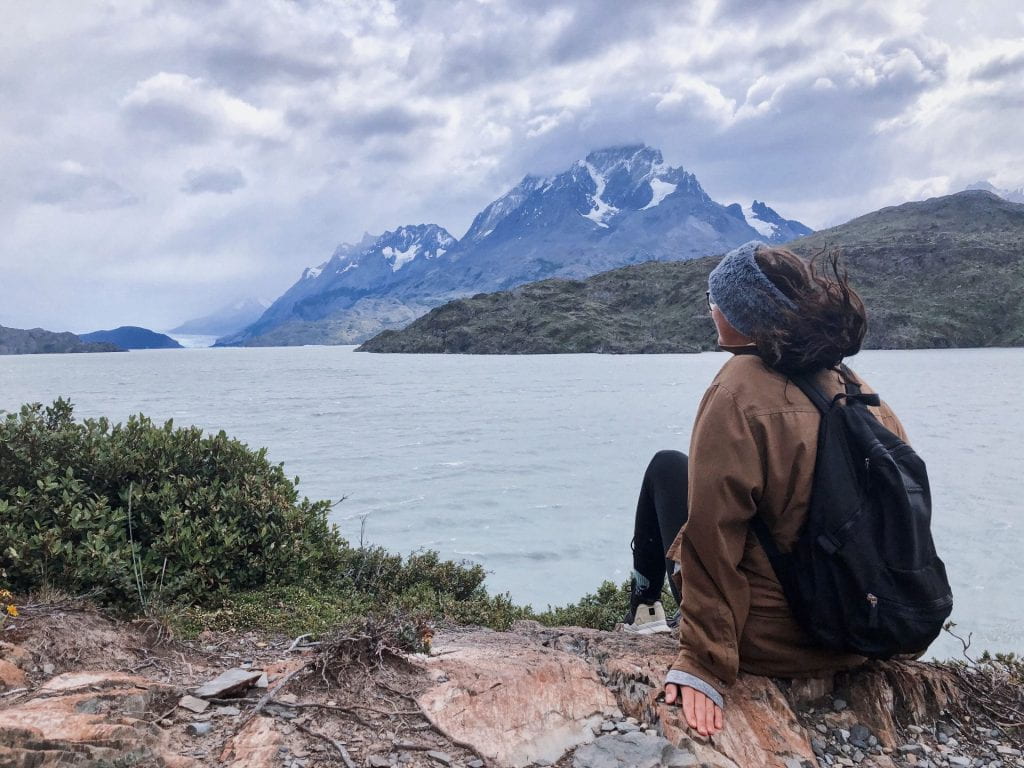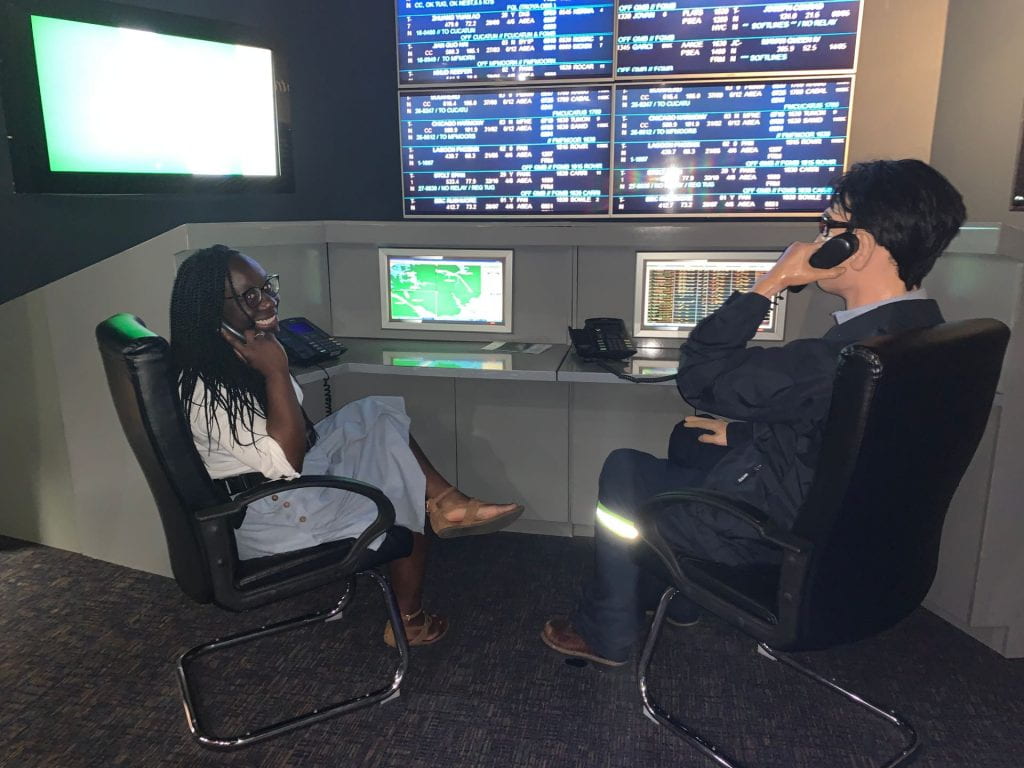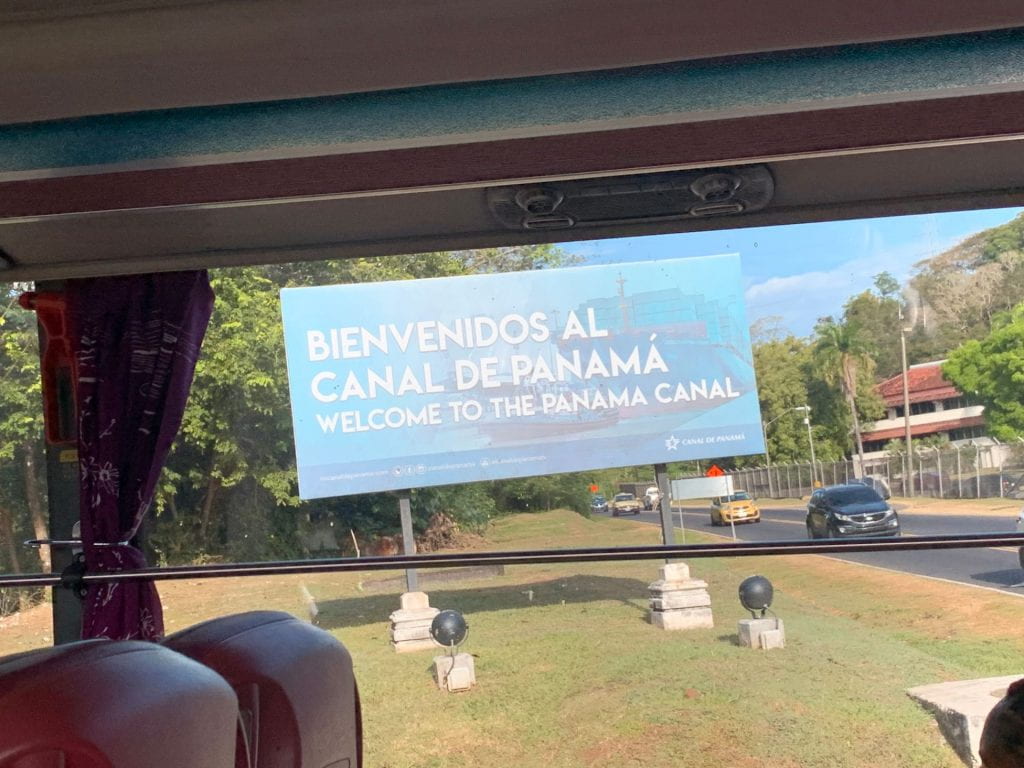Submitted by Alyssa Thompson on the 2020 winter session study abroad program in Panama sponsored by the Department of Languages, Literatures & Cultures…
Working at Las Aldeas Infantiles SOS was about contributing to the lives and wellbeing of children who don’t have families to raise them. It took place at the Las Aldeas property in Panama City, where there were several houses for approximately ten groups of children. This project took place the entire month of January. The children there don’t have school at this time because it is their summer vacation. The purpose of us working at Las Aldeas was to give back to the community and support the children who live there.
During this service-learning project, I was responsible for facilitating safety at the center’s outdoor swimming pool. I ensured that the children were practicing safety at all times both in and around the pool area so that no one was harmed. My role for this project wasn’t only about managing safety, but also about building connections with the children. I made it a personal goal to leave some sort of lasting impact on the lives of the kids I interacted with. I built connections with them through playing fun pool games, making jokes, and having genuine fun with them. This made the children more comfortable around me, and they began opening up to me.
Preparation for the project was simple since my designated group was for the pool. I knew I had to wear a bathing suit everyday so that I could interact with the kids in the water rather than just watching from a distance. I didn’t bring pool toys, however, I actively planned for different types of water games we could play each day. I researched online pool games for kids and found many great ideas. I also prepared mentally and emotionally, meaning that I preplanned conversation starters so that I went into the day knowing I would be able to have smooth, appropriate, and meaningful conversations with the children. I wanted to keep conversation light, but also allow them the opportunity to open up to me if they wanted to.
I’m a beach girl, so I knew I would love being in the water with the kids at Las Aldeas. I grew up playing hundreds of different water games and doing tricks in the water, so I had a lot of prior experience to bring to them. I am also an upcoming teacher, and am already a para-educator, so I used my “teacher” skills to better understand the behaviors of the kids at Las Aldeas and also to be able to connect with them on genuine levels. Because of my teaching experience, I was able to understand the psychology and sociology of what it was like being children who had experienced traumas in their lives. I was also able to interpret the rationing behind some of their behaviors due to their past experiences, which overall helped me be better prepared for the experience and react well in different situations with them because I understood.
This biggest challenge I occurred was when the children didn’t follow directions, and deliberately broke rules in order to evoke a response. This was challenging because as a teacher I am used to managing classrooms and maintaining authority, however these children react differently to authority because of their adverse childhood experiences. I coped with this struggle by remaining calm, maintaining an open perspective, and reassessing situations that had gone south in order to find a solution.
While working at Las Aldeas, I gained insight into Panama’s culture. I noticed that even families who had absolutely nothing wanted to be generous to us and welcome us as if they had the world to offer us. The Panamanian culture is very friendly, welcoming, and generous to strangers which I found so interesting. I also realized that Panama values family, simply from the fact that Las Aldeas refuses to separate siblings in order to keep them together. I thought this spoke volumes because it is far different from the foster system in the United States which can sometimes be a brutal experience.
While I think our project contributed happiness and our respect to the children of Las Aldeas, I don’t necessarily feel that it left a lasting impact on the community as a whole. If we had been given more time in Panama then I think our work could’ve had greater impacts, however, we were only in Panama for four quick weeks. I do think we showed the community our kindness, appreciation, and put our best feet forward, but I felt like I couldn’t make the significant difference that I wanted to.
As far as myself, I learned that I love helping others. I love working with children and seeing children whose lives are earth-shatteringly difficult compared to my own made me realize how deeply empathetic I am, because it really did have an effect on me. I want to dedicate my life to acts of service for children, because I hold them very close to my heart.
This project taught me to be grateful for the privilege I have in the United States. It also taught me to be grateful for my family, especially since no one’s time on earth is guaranteed. It showed me the harsh realities of what some people go through, and I am always going to keep that in my mind as a teacher.










